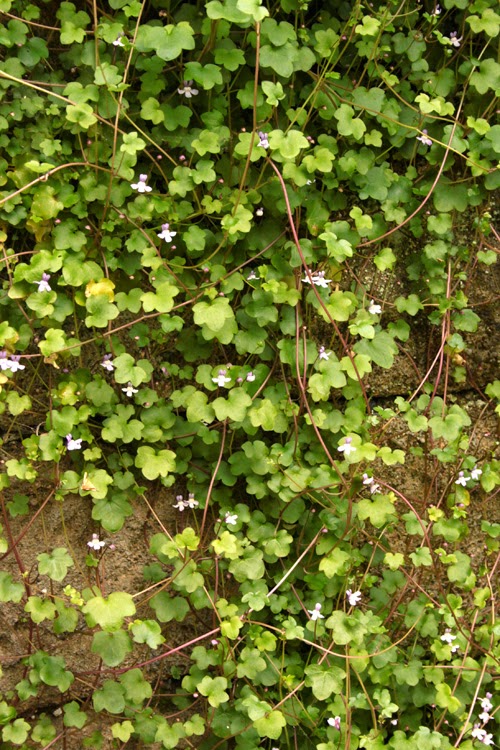There are so many good combinations hidden in objects or items that you see every day - you just need to take the time to discover them. Nature gives us some excellent colour combinations, all the blending and the shades worked out for us already. A while back, I had a look at exploring the different colourways that can be easily found within plants as well as other combinations that have already been devised for us in the form of shop window displays and garden centres - you can see this post HERE.
For this post, I am going to look at colour combinations devised by the Arts and Crafts movement, as well as objects found at home in the form of fruit, mugs and scarves! I think it would also be interesting to look at the work of famous artists and painters too (e.g. taking inspiration for a blanket from Van Gogh's 'Cafe Terrace' or Klimt's 'The Kiss') but this will be for a future post.....the list is almost endless unless you confine your choices to favourite artists and don't go looking for new ones! It would also be an exciting way to work with colour if you wanted to crochet or knit something for someone and base it on the colours of their most favourite painting (or teapot, or garden etc etc).
The images I am using come from a book called 'William Morris and the Arts & Crafts Movement - A source book' by Linda Parry (though alternatively, if you Google 'William Morris and the Arts and Crafts Movement', within the Images section you will find literally thousands of fine pattern examples). Linda gives a good insight into the history of the man himself and the production of the work and the Arts & Crafts society. The book is absolutely full of pattern designs by leading members of the Arts & Crafts movement which are an absolute delight to look through if you like this style and era.
It seems apt to refer to these colour choices particularly as Morris was such a strong advocate of the development of handicrafts and fought hard against mass production. Also, if you are after colour combinations with an 'aged' and slightly 'subdued' look, these will work extremely well.
This is a watercolour design, attributed to the work of Harry Napper and is called Caversham.
This is a border design for the Japanese Rose textile by George Rigby.
The uses of the watercolour paint here has resulted in different shades of the same colour, which is why the orange and pink work together.
This is a watercolor and pencil design by Lindsay P Butterfield, c1905
Although the colours are very similar, it is interesting to see that they can all be used to complement each other. Personally, I would have shied away from using three shades of yellowy/orangey/mustard/ but this has changed my mind. They are very close, but it works.
This one is also by Lindsay P Butterfield in 1902 and is called Holmwood
Bringing the use of colour in design a little more up to date, these are the colourways that I have found just from looking around the house.
Some nice bright fruit, again with a similar overall set of colours.
There are lots of colours on this mug. Each butterfly has it's own colourway (which I hadn't really noticed until now!) and some of these colours are just shades of the others.
This mug is very similar in layout but with stamps, and each one only contains one colour. Although the colours vary greatly, somehow they all manage to work together without clashing.
Anything from a designer like Cath Kidston will always have a good colourway from which to develop your inspiration.
I also had a look at couple of much loved scarves that I have, and these proved useful too.
So, if you have a favourite item, be it a mug or a scarf or whatever, take your inspiration from something as simple as that. You'll be surprised at the variety of the colour combinations you find and it's a great way to start to develop colourways for use in your work........any if of the above colourways appeal to you, please feel free to use them as the starter for inspiration of your own!







































